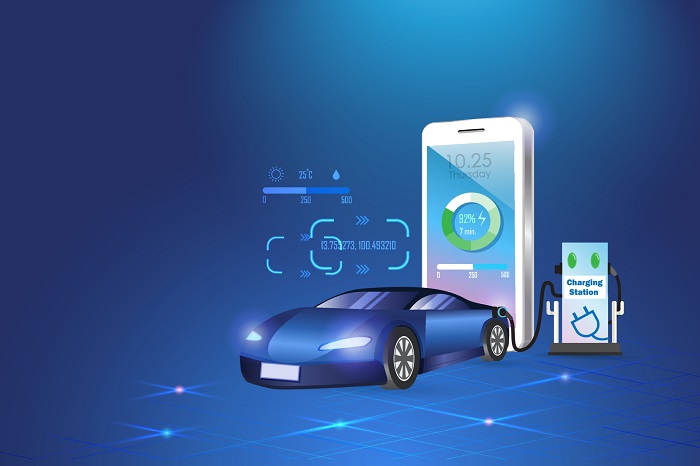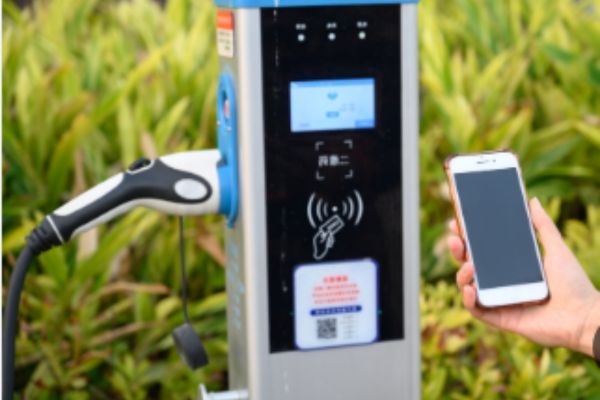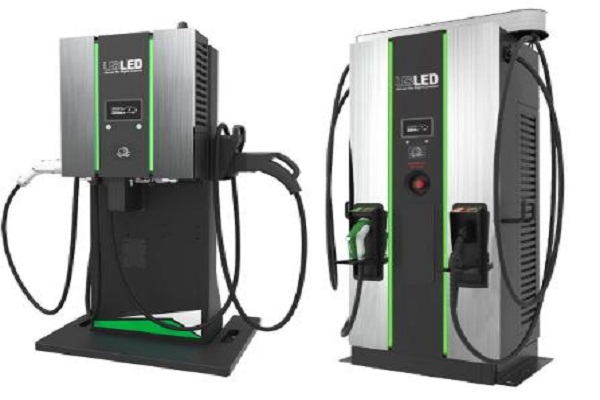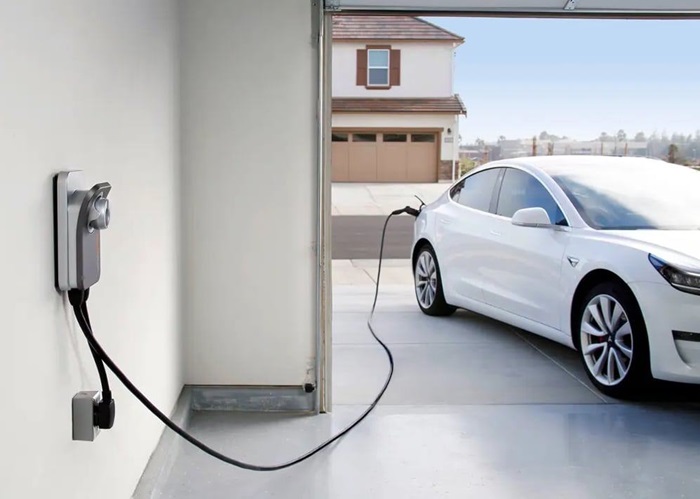Current Market Trends in Electric Vehicle (EV) Chargers: A Comprehensive Overview
The EV charger market is rapidly evolving, driven by increasing electric vehicle adoption, technological advancements, and supportive government policies.
Growth of Electric Vehicle Market

Increasing EV Sales Globally
Worldwide demand for electric vehicles has been rising steadily as a result of factors like advances in battery technology, increased vehicle options from automakers, and rising environmental consciousness among consumers.
EV sales have seen exponential growth, with electric cars, plug-in hybrids, and battery-electric vehicles (BEVs) gaining traction in various markets. This trend is particularly evident in regions with strong policy support and infrastructure development for electric mobility.
Government Incentives Driving EV Adoption
Governments around the world have implemented a range of incentives and subsidies to encourage the adoption of electric vehicles. These incentives include tax credits, rebates, grants, and other financial incentives aimed at reducing the upfront cost of purchasing EVs and incentivizing consumers to make the switch from traditional internal combustion engine vehicles.
In addition to financial incentives, governments may also offer non-financial incentives such as preferential treatment for EVs in terms of parking, toll exemptions, access to low-emission zones, and other perks to further encourage adoption.
Impact of Environmental Regulations
Environmental regulations aimed at reducing greenhouse gas emissions and addressing climate change have played a significant role in driving the adoption of electric vehicles. Governments worldwide are imposing stricter emissions standards on vehicles, incentivizing automakers to invest in electric mobility solutions to meet regulatory requirements.
Policies such as vehicle emissions standards, fuel economy regulations, and zero-emission vehicle (ZEV) mandates are pushing automakers to accelerate their electrification efforts and expand their electric vehicle offerings to comply with regulatory targets.
Environmental regulations also contribute to increasing consumer awareness of the environmental benefits of electric vehicles, further driving demand for cleaner and more sustainable transportation options.
Technological Advancements in EV Chargers
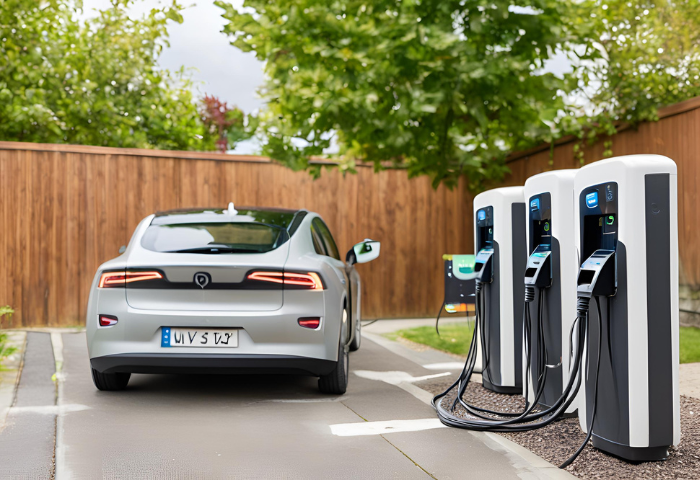
Fast Charging Technology
Fast charging technology allows EVs to replenish their batteries quickly, reducing charging times and increasing convenience for drivers. High-power chargers, such as DC fast chargers, can deliver a significant amount of energy to the vehicle’s battery in a short period of time, enabling rapid charging sessions.
Advances in fast charging technology have led to the development of ultra-fast chargers capable of delivering power outputs of up to 350 kW or higher. These chargers can charge EVs to 80% or more of their battery capacity in as little as 20–30 minutes, making long-distance travel more practical and reducing charging downtime for drivers.
Wireless Charging Solutions
Wireless charging technology eliminates the need for physical cables and connectors, allowing EVs to charge through electromagnetic induction or resonance. Wireless charging pads installed in parking spaces or roads transfer power to the vehicle’s receiver coil, enabling convenient and hassle-free charging without the need for manual intervention.
Wireless charging solutions offer benefits such as reduced wear and tear on charging connectors, improved safety, and enhanced aesthetics by eliminating visible charging infrastructure. As the technology matures, wireless charging infrastructure is expected to become more widespread, especially in urban areas and high-traffic locations.
Smart Charging Infrastructure
Smart charging infrastructure incorporates advanced technologies such as connectivity, data analytics, and cloud-based management systems to optimize charging operations, maximize energy efficiency, and enhance the user experience.
Smart chargers can communicate with EVs and grid operators to dynamically adjust charging rates based on factors such as electricity demand, grid capacity, and renewable energy availability. This enables load balancing, demand response, and integration with renewable energy sources, reducing the environmental impact of charging and minimizing electricity costs for EV owners.
Additionally, smart charging infrastructure may offer features such as remote monitoring, scheduling, and payment processing through smartphone apps or web-based platforms, providing users with greater control and visibility over their charging sessions.
Market Dynamics
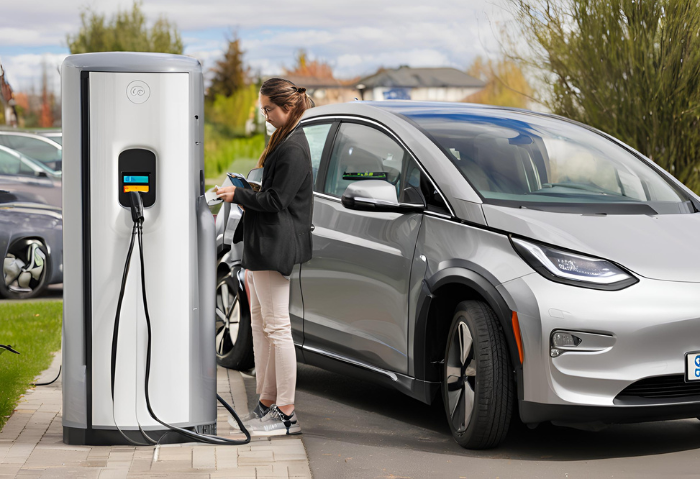
Competitive Landscape of EV Charger Manufacturers:
The market for EV chargers is characterized by a diverse array of manufacturers, ranging from established players to newer entrants and startups. Major automakers, technology companies, and specialized EV charging companies compete to capture market share and establish themselves as leaders in the industry.
Established players such as Tesla, ChargePoint, and ABB have a strong presence in the EV charging market, offering a wide range of charging solutions, including Level 2 chargers, DC fast chargers, and networked charging infrastructure.
In addition to established players, there are a growing number of startups and niche players focusing on innovative charging technologies, such as wireless charging solutions, smart charging infrastructure, and ultra-fast chargers.
Pricing Trends in the EV Charger Market
Pricing in the EV charger market varies depending on factors such as charger type, power output, features, and brand reputation. Level 2 chargers typically range from a few hundred to over a thousand dollars, while DC fast chargers and high-power chargers are more expensive due to their advanced capabilities.
Economies of scale, technological advancements, competition, and regulatory incentives all have an impact on pricing trends in the EV charger market. As demand for EV chargers increases and manufacturing costs decline, prices are expected to become more competitive, making charging infrastructure more accessible to consumers.
Additionally, government incentives, rebates, and subsidies aimed at promoting electric vehicle adoption can influence pricing dynamics by reducing the upfront cost of purchasing and installing EV chargers for consumers and businesses.
Distribution Channels for EV Chargers
EV chargers are distributed through a variety of channels, including online retailers, specialty EV stores, automotive dealerships, hardware stores, and electrical contractors. Online platforms such as Amazon, eBay, and manufacturer websites offer a wide selection of EV chargers for consumers to purchase directly.
Automotive dealerships may sell EV chargers as accessories or offer them as part of vehicle purchase packages, providing convenience for EV buyers looking to install home charging solutions.
Specialty EV stores and electrical contractors cater to consumers and businesses seeking expert advice and installation services for EV chargers. These channels may offer a more personalized experience and specialized expertise in EV charging infrastructure.
Consumer Behavior
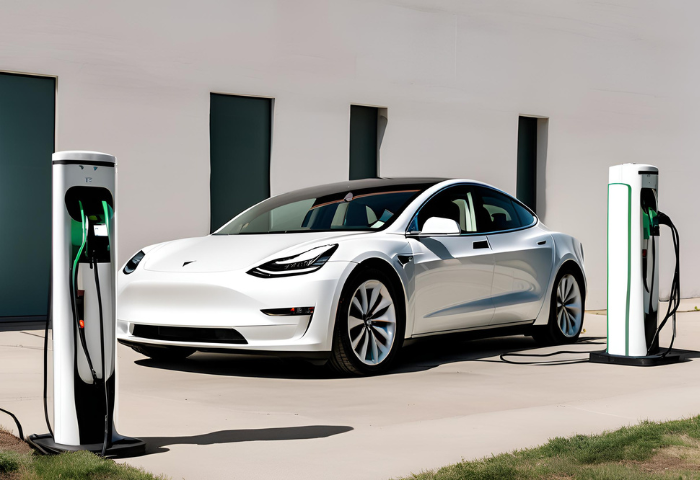
Preferences for Home Charging Stations
Many electric vehicle owners prefer to install home charging stations for convenience and accessibility. Home charging allows EV owners to replenish their vehicle’s battery overnight, ensuring a full charge each morning without having to visit public charging stations.
Preferences for home charging stations may vary based on factors such as living situation, access to off-street parking, charging speed requirements, and budget considerations. Homeowners may opt for Level 2 chargers for faster charging speeds and greater convenience, while renters or those with limited parking space may choose portable or compact charging solutions.
Public Charging Station Usage Patterns
Public charging station usage patterns vary depending on factors such as location, availability of charging infrastructure, and driving habits of EV owners. Public charging stations are often used for top-up charging during longer trips, as well as for emergency or opportunistic charging when home charging is not feasible.
Usage patterns may also differ between urban and rural areas, with urban EV owners relying more heavily on public charging infrastructure due to limited access to home charging facilities or longer commutes.
Awareness and Education on EV Charger Options
Awareness and education play a crucial role in shaping consumer behavior and the adoption of EV chargers. Many consumers may be unaware of the different types of chargers available, their features, and installation requirements.
Increasing awareness through education campaigns, outreach programs, and online resources can help consumers make informed decisions about EV charger options. Providing information on the benefits of home charging, public charging networks, and available incentives can empower consumers to choose the right charging solution for their needs.
Automakers, EV manufacturers, utilities, and government agencies play a key role in educating consumers about EV charger options through marketing initiatives, vehicle sales, and public awareness campaigns.
Sustainability and Green Initiatives

Carbon Footprint Reduction Through EV Chargers:
EV chargers play a significant role in reducing the carbon footprint of transportation by enabling the adoption of electric vehicles, which produce fewer greenhouse gas emissions compared to traditional internal combustion engine vehicles.
By promoting the use of electric vehicles powered by clean energy sources, EV chargers contribute to reducing air pollution, mitigating climate change, and improving local air quality in urban areas.
By reducing reliance on fossil fuels and lowering the lifecycle emissions connected with charging, renewable energy-powered infrastructure further enhances the environmental advantages of electric mobility.
Integration of Renewable Energy Sources in Charging Infrastructure
The integration of renewable energy sources such as solar, wind, and hydroelectric power into EV charging infrastructure enables greener and more sustainable charging solutions.
Solar-powered EV charging stations utilize photovoltaic panels to generate electricity from sunlight, providing a clean and renewable energy source for charging electric vehicles.
Wind and hydroelectric power can also be harnessed to power EV charging infrastructure, further reducing the environmental impact of charging operations and supporting the transition to a low-carbon energy system.
Role of EV Chargers in Sustainable Urban Planning
EV chargers play a critical role in sustainable urban planning by facilitating the electrification of transportation and reducing reliance on fossil fuel-powered vehicles in urban areas.
Integrated into urban infrastructure such as parking facilities, streetscapes, and public transit hubs, EV chargers support sustainable mobility options and contribute to creating cleaner, healthier, and more livable cities.
Sustainable urban planning strategies prioritize the development of EV charging infrastructure, pedestrian-friendly environments, and efficient public transportation systems to reduce traffic congestion, improve air quality, and enhance the overall quality of life for urban residents.
Regulatory Environment
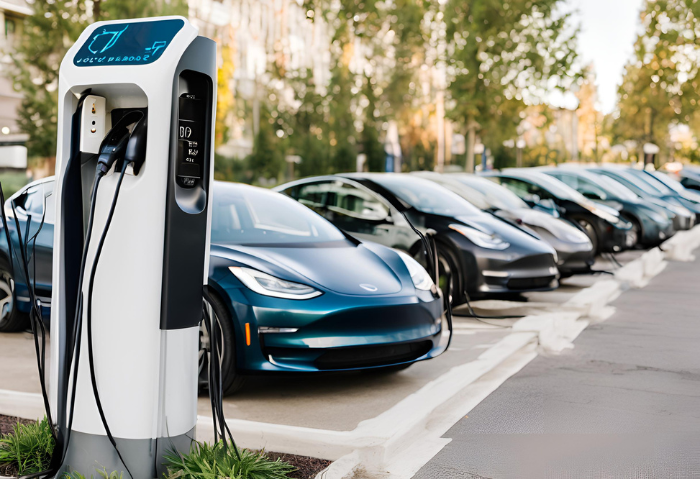
EV Charging Standards and Certifications
EV regulatory bodies and industry organizations establish standards and certifications for EV chargers to ensure safety, interoperability, and compatibility with electric vehicles.
Standards such as the Society of Automotive Engineers (SAE) J1772 for AC charging and the Combined Charging System (CCS) for DC fast charging provide specifications for connector types, communication protocols, and charging infrastructure interoperability.
Certifications from organizations like Underwriters Laboratories (UL), Conformité Européenne (CE), and the Federal Communications Commission (FCC) certify that EV chargers meet safety, performance, and electromagnetic compatibility requirements.
Zoning and Permitting for Charging Stations
Local zoning regulations and permitting processes govern the installation and operation of EV charging stations, including requirements for site selection, electrical infrastructure, signage, and accessibility.
Permitting requirements may vary depending on factors such as charger type, installation location (e.g., public vs. private property), and jurisdictional regulations. Some municipalities offer streamlined permitting processes or incentives to encourage the deployment of EV charging infrastructure.
Government Policies and Regulations Impacting the EV Charger Market
Government policies and regulations play a critical role in shaping the EV charger market through incentives, mandates, and funding programs aimed at promoting electric vehicle adoption and charging infrastructure deployment.
Incentives such as tax credits, rebates, grants, and subsidies encourage consumers, businesses, and municipalities to invest in EV chargers and electric vehicles, reducing the upfront cost and accelerating market adoption.
Mandates and regulations, such as zero-emission vehicle (ZEV) mandates, emissions standards, and building codes, require automakers, utilities, and property developers to support the deployment of EV charging infrastructure and ensure accessibility for electric vehicle owners.
Investment and Funding Trends
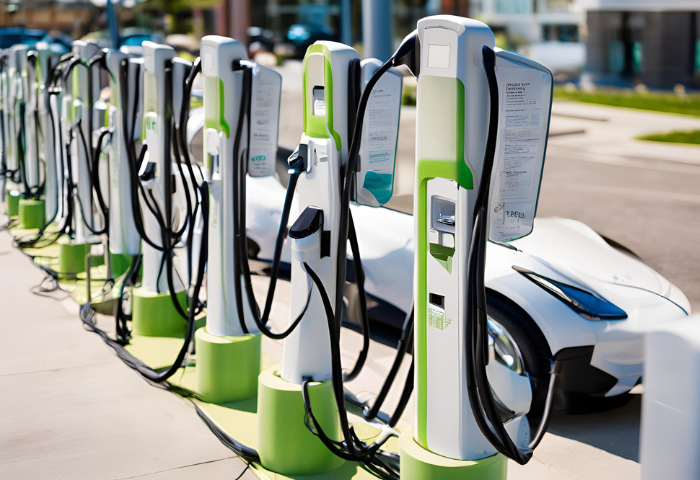
Venture Capital and Private Equity Investments in EV Charging Sector
Due to the growth potential of electric mobility and the expanding market for charging infrastructure, venture capital (VC) and private equity (PE) firms are increasingly investing in the EV charging sector.
Investments may target companies developing innovative EV charging technologies, such as fast charging solutions, wireless charging systems, smart charging software, and networked charging platforms.
VC and PE funding can support product development, market expansion, network deployment, and strategic partnerships, enabling EV charging companies to scale their operations and capture market share.
Government Funding for EV Charger Infrastructure Development
Governments at the national, regional, and local levels provide funding and grants to support the development and deployment of EV charging infrastructure.
Funding programs may include grants, subsidies, loans, tax incentives, and public-private partnerships aimed at expanding the availability of EV charging stations, improving accessibility, and accelerating the transition to electric mobility.
Government funding initiatives often prioritize high-traffic areas, transportation corridors, public transit hubs, workplaces, multi-unit dwellings, and underserved communities to ensure equitable access to charging infrastructure.
Market Opportunities for Startups in EV Charging Industry
The rapid growth of the EV charging market presents opportunities for startups to enter the industry and innovate in areas such as hardware, software, services, and business models.
Startups may focus on developing niche solutions tailored to specific market segments or addressing unmet needs in the EV charging ecosystem, such as ultra-fast charging, grid integration, energy storage, billing and payment systems, and user experience enhancements.
Market opportunities for startups extend beyond technology development to include value-added services such as installation, maintenance, software platforms, data analytics, and customer support.
Global Market Analysis

Regional Market Trends in EV Chargers
Different regions have different rates of EV charger adoption, which depends on factors like consumer awareness, market maturity, infrastructure development, and governmental legislation.
Developed regions such as North America, Europe, and Asia-Pacific lead the market for EV chargers, driven by strong policy support, robust infrastructure investment, and high demand for electric vehicles.
Emerging markets in Latin America, Africa, and the Middle East are experiencing growing interest in EV chargers, supported by increasing urbanization, environmental concerns, and government initiatives to promote clean transportation.
Market Penetration of EV Chargers in Different Countries
Countries with ambitious electric mobility goals and supportive regulatory environments have higher penetration rates of EV chargers. For example, Norway, the Netherlands, and China have some of the highest EV adoption rates and charging infrastructure densities globally.
In Europe, countries like Norway lead in EV charger penetration, with a high density of public charging stations and incentives for EV owners. The Netherlands and Germany also have significant EV charger deployments, driven by government subsidies and infrastructure investment.
Large EV charging networks are in place in North American states like California thanks to robust incentives, laws, and public-private partnerships. To encourage the usage of electric vehicles, other states like Massachusetts and New York are also making investments in growing their infrastructure for charging them.
Forecasted Growth of the EV Charger Market
In the next years, the worldwide market for EV chargers is expected to increase significantly due to rising use of electric vehicles, expanding infrastructure, improvements in technology, and government regulations that are supportive of the industry.
According to market research surveys, the number of EV charger installations will expand rapidly; however, exact numbers will depend on a number of variables, including technological advancements, regulatory changes, and market dynamics.
The electrification of transportation, decarbonization initiatives, advancements in charging technology, falling battery prices, and the development of charging networks to alleviate range anxiety and facilitate long-distance travel are some of the factors propelling market growth.
Maintenance and Servicing
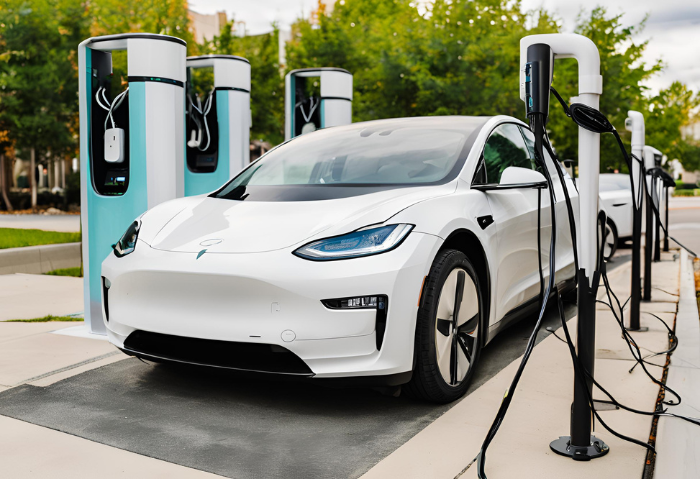
EV Charger Repair and Maintenance Services
Like any electrical equipment, EV chargers require regular maintenance and occasional repairs to ensure optimal performance, reliability, and safety.
Maintenance tasks may include cleaning, inspection of components such as cables, connectors, and circuit breakers, testing of electrical systems, and software diagnostics.
In the event of malfunctions or breakdowns, certified technicians or authorized service providers can perform repairs, replacement of faulty components, and troubleshooting to restore charger functionality.
Software Updates and Remote Monitoring
EV charger manufacturers often provide software updates to improve charger performance, add new features, enhance security, and address bugs or vulnerabilities.
Remote monitoring capabilities allow operators to track charging sessions, monitor charger status, diagnose issues, and perform software updates remotely.
Software updates may be delivered over-the-air (OTA) via wireless connectivity or through a physical connection to the charger, depending on the manufacturer’s update mechanism and the charger’s connectivity features.
Importance of Regular Inspection for Charging Stations
Regular inspection and maintenance of charging stations are essential to ensure safe operation, prevent equipment failures, and minimize downtime.
Inspections may include visual checks of physical components, electrical testing of wiring and connections, verification of grounding, and evaluation of environmental conditions.
Routine inspections help identify potential issues early, allowing for timely repairs or corrective actions to be taken before they escalate into more significant problems.
Adoption Challenges and Solutions
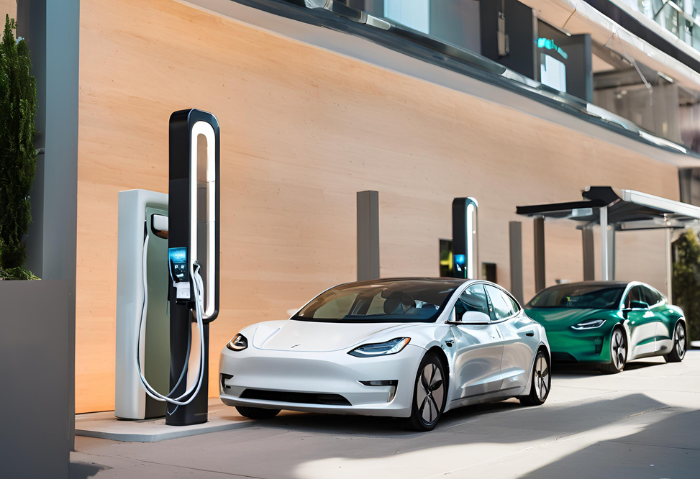
Range Anxiety and Infrastructure Limitations
Range anxiety, the fear of running out of battery charge before reaching a destination, remains a significant barrier to widespread EV adoption. Limitations in the charging infrastructure, particularly in rural or sparsely populated areas, exacerbate this concern.
Solutions to address range anxiety and infrastructure limitations include expanding the network of charging stations, particularly fast chargers along highways and major travel routes. Investments in charging infrastructure by governments, utilities, and private companies can help build a robust charging network to support long-distance travel.
Increasing the energy density of batteries and improving charging technology to enable faster charging times can also alleviate range anxiety by providing drivers with greater confidence in the range and reliability of their electric vehicles.
Interoperability Issues Among Charging Networks
Interoperability issues, such as incompatible charging standards, billing systems, and authentication methods, hinder seamless roaming and access to charging infrastructure across different networks. This fragmentation can lead to inconvenience and frustration for EV drivers, discouraging adoption.
Solutions to address interoperability issues include the adoption of common standards and protocols for charging infrastructure, such as the ISO 15118 communication standard for plug-and-charge functionality. Standardization promotes interoperability and simplifies the user experience by allowing EV drivers to access charging stations across multiple networks with a single authentication method.
Roaming agreements and interoperability platforms facilitate seamless access to charging networks by enabling EV drivers to use a single account or payment method to access charging stations from different operators. These agreements promote competition, choice, and convenience for EV drivers while reducing barriers to adoption.
Innovation in Battery Technology to Address Charging Concerns
Advances in battery technology are essential for addressing charging concerns such as long charging times, limited range, and degradation over time. Innovations in battery chemistry, materials, and manufacturing processes can improve energy density, charging speed, durability, and lifespan.
Solutions such as solid-state batteries, lithium-sulfur batteries, and silicon anode technologies offer potential improvements in energy storage capacity, charging efficiency, and cycle life compared to traditional lithium-ion batteries. These innovations could enable faster charging, longer range, and reduced weight, enhancing the attractiveness and viability of electric vehicles.
Government funding, industry collaboration, and academic research are essential for research and development efforts focused on battery innovation. accelerating the adoption of electric vehicles and overcoming charging-related challenges.
The EV charger market is a dynamic and rapidly evolving space. As these trends continue to shape the landscape, we can expect to see even more innovative and efficient charging solutions emerge, paving the way for a more sustainable and electrified future.

Henry Michael is a leading expert in EV charging station research, specializing in innovative solutions for electric vehicle infrastructure. With a passion for sustainability and technological advancement, he is dedicated to advancing the accessibility and efficiency of EV charging worldwide.

